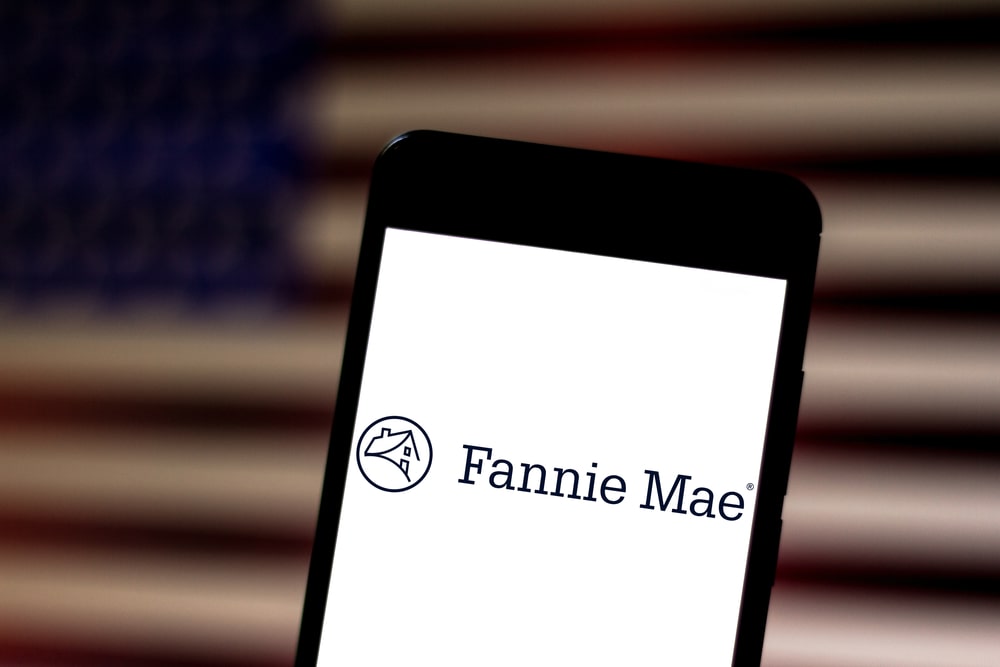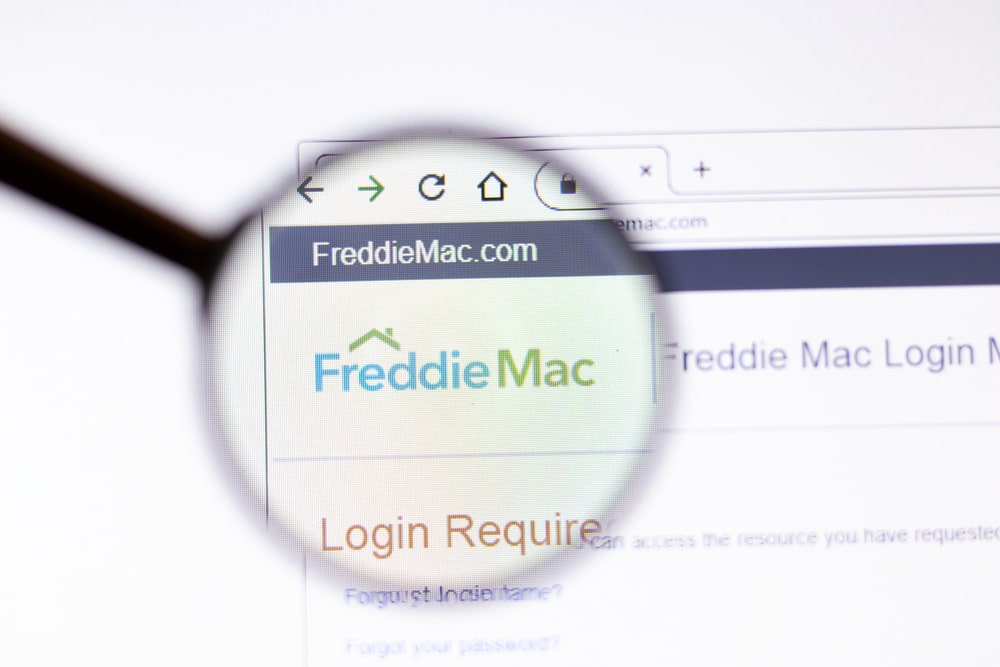What is Fannie Mae? |What is Freddie Mac? |Freddie Mac Vs. Fannie Mae: Similarities | Freddie Mac Vs. Fannie Mae: Differences |
Have you heard of Freddie Mac and Fannie Mae? No, they’re not someone’s sweet grandparents from the Midwest. They’re two large financial institutions that were created by the U.S. government. If you’re in the housing market, you should certainly know what they are, what they do, and why they play a significant role in the housing market. Keep reading to learn all of the above, plus the key differences between Freddie Mac vs. Fannie Mae.
What Is Fannie Mae?
Fannie Mae is a privately-funded company that buys and sells mortgages insured by the government. The name “Fannie Mae” is short for the Federal National Mortgage Association (FNMA). It was founded by Congress in 1938 as a response to the housing crisis caused by the Great Depression and was later privatized in 1968.
What Is Freddie Mac?
Freddie Mac is a so-called younger sibling of Fannie Mae and is the unofficial name for the Federal Home Loan Mortgage Corporation (FHLMC). It was established by the U.S. government in 1970 to boost competition in the secondary mortgage market.
Freddie Mac also buys and sells government-backed mortgages. However, it focuses on buying and selling from smaller banks and thrift banks, while Fannie Mae focuses on major retail and commercial banks.
[ Thinking about investing in real estate? Register to attend a FREE online real estate class and learn how to get started investing in real estate. ]

What Do Freddie Mac & Fannie Mae Do?
Fannie Mae and Freddie Mac share similar regulatory structures and charters. Their key functions are buying and selling mortgages from lenders to help provide a continuous, stable supply of mortgage funding for Americans.
They typically buy mortgages from large and small lenders and hold them in their portfolios. They also repackage and sell mortgages as mortgage-backed securities.
Some of Fannie Mae and Freddie Mac’s shared mandates include:
-
Maintaining stability in the secondary residential mortgage market
-
Remain responsive to changes in the private capital market
-
Increase liquidity of investments and make money available for residential home financing
-
Support the secondary residential mortgage market on an on-going basis
-
Increase access to mortgage credit and financing for individuals, families, and investors
Freddie Mac Vs. Fannie Mae: Similarities
Before we go over the key differences between Freddie Mac vs. Fannie Mae, let’s go over their similarities.
Both Freddie Mac and Fannie Mae are government-sponsored entities that were founded on the principle of making housing affordable for Americans. Not only have they increased access to mortgage financing for individuals, families, and investors, they have played key roles in easing numerous housing crises in U.S. history.
Fannie and Freddie are under conservatorship via the Federal Housing Finance Agency, and all of their senior preferred stock is owned by the U.S. Treasury Department.
History Of Freddie Mac & Fannie Mae
The origins of Freddie Mac and Fannie Mae trace back to the Great Depression. Banks had no money to lend, and as a result, roughly one in every four homeowners were foreclosed upon. In the face of a housing crisis, Congress created Fannie Mae. In 1938, the nation began to benefit from reliable, steady funding for housing. Fannie Mae also gave birth to the long-term, fixed-rate loan that we know today. Homeowners also had the option to refinance when needed.
Over the years, Fannie Mae remained the hegemon in the secondary mortgage market. Decades later, Congress made some changes to create competition. Fannie Mae was privatized in 1968 and became a shareholder-owned enterprise, and Freddie Mac was founded two years later.
Who Regulates Freddie Mac & Fannie Mae?
Fannie Mae and Freddie Mac are government-sponsored enterprises. This means that they are run like private companies but are financially backstopped by the federal government.
They are regulated by the Department of Housing and Urban Development (HUD) and the Federal Housing Finance Agency (FHFA). The two departments monitor, enforce, and regulate the two enterprises’ capital standards. They also put a cap on the size of their mortgage investment portfolios.
Subprime Mortgage Crisis & Housing Market Crash 2008
Financial and economic experts often debate on the roles of Freddie Mac and Fannie May during the 2008 Subprime Mortgage Crisis and subsequent Housing Market Crash.
The expansion of the two enterprises led to the subprime mortgage crisis that lasted between 2007 and 2010. The housing bubble collapsed, and home prices took a plunge. This, in turn, triggered the 2008 financial crisis and market crash. Foreclosures, mortgage delinquencies, and housing security devaluations ensued.
Congress approved Fannie Mae and Freddie Mac to perform countless bailouts in response. Although some may say that the two entities saved the housing market crash, many argue that they stoked the fire, if not sparked it in the first place.
The two were placed under conservatorship under the Federal Housing Finance Agency, which controls the enterprises with a preferred stock plan.
Freddie Mac & Fannie Mae During COVID-19
The COVID-19 pandemic is the most recent phenomenon impacting the U.S. housing market. Many U.S. workers faced job loss and furloughs and thus struggled to make ends meet. Meeting mortgage and rent payments became a challenge.
Congress passed the Coronavirus Aid, Relief, and Economic Security (CARES) Act with the objective of providing financial relief to Americans. This Act included mortgage relief and foreclosure provisions. Homeowners with mortgages backed by Fannie Mae or Freddie Mac gained certain protections. Those who enrolled in a forbearance plan by February 28, 2021 became eligible for 18 months of total forbearance.

Freddie Mac Vs. Fannie Mae: Key Differences
Aside from their historical age difference, what are the differences between Freddie Mac vs. Fannie Mae?
Although they both purchase and sell mortgages, their key differentiation lies in where they buy their products from. Fannie Mae operates in the large and commercial lender space, whereas Freddie Mac buys mortgages from small and thrift banks.
Fannie Mae and Freddie Mac also have different requirements for mortgages they buy. Although the mortgage must be a conforming loan, requirements for the total loan amount, the borrower’s financial profile, or loan-to-value ratio may vary.
Summary
Although you may have heard of Fannie Mae or Freddie Mac before, you may not have had a clear idea of how they operate in the U.S. housing market. You may have also wondered why government entities would have such funny names.
We hope that you now understand their historical significance, and what they do to help stabilize the U.S. housing market. We also hope that you now know some of the key similarities and differences between Freddie Mac vs. Fannie Mae. Homebuyers and investors alike have access to ample housing mortgage options thanks to these government-sponsored entities.
Sources
https://www.cbo.gov/sites/default/files/111th-congress-2009-2010/reports/12-23-fanniefreddie.pdf
https://www.fanniemae.com/about-us/who-we-are/history
https://www.huduser.gov/periodicals/cityscpe/vol11num3/ch11.pdf
https://www.fhfaoig.gov/Content/Files/History%20of%20the%20Government%20Sponsored%20Enterprises.pdf
Ready to start taking advantage of the current opportunities in the real estate market?
Click the banner below to take a 90-minute online training class and get started learning how to invest in today’s real estate market!


